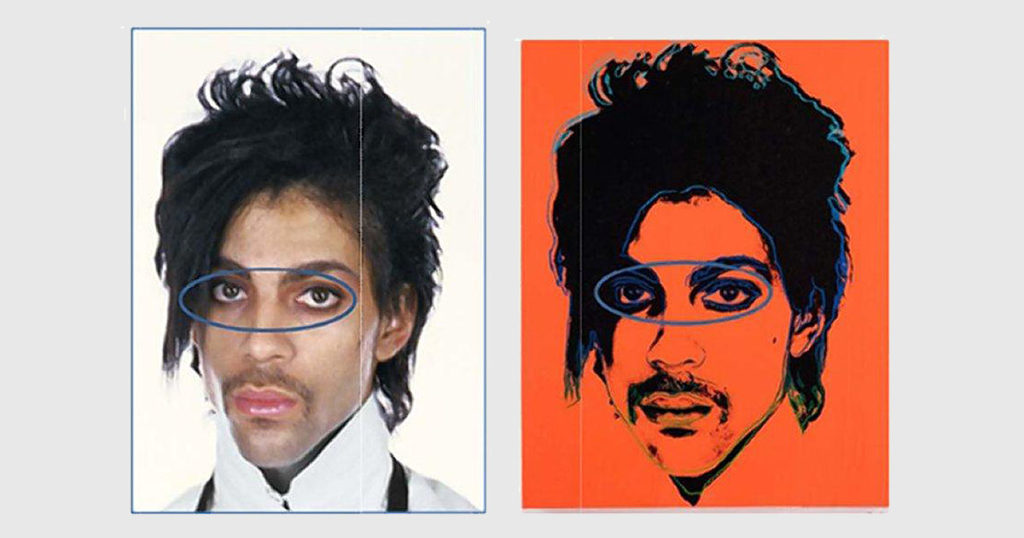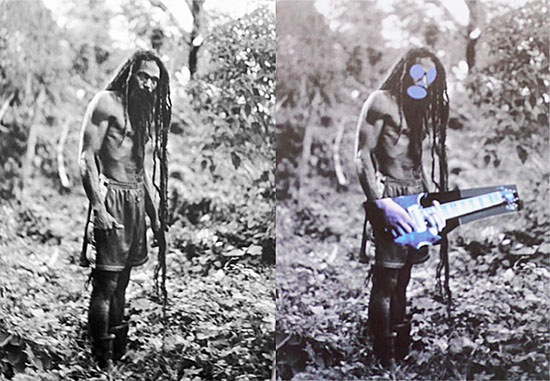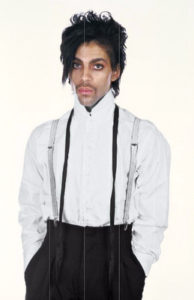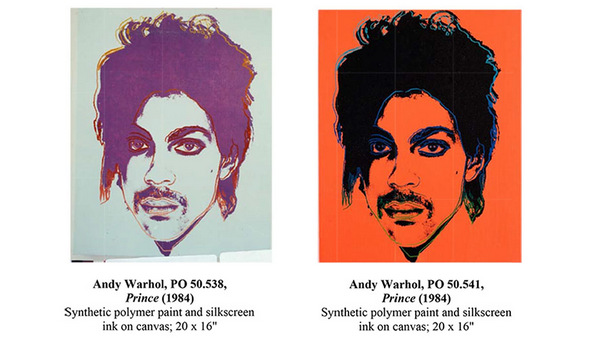A New York judge has thrown out a copyright lawsuit after celebrity photographer, Lynn Goldsmith, claimed Andy Warhol unlawfully created artworks by using her photo of pop star, Prince, from 1981.

The Warhol Foundation, representing the deceased pop artist, successfully argued that 16 silkscreen prints of Prince fall under the controversial Fair Use exception to copyright infringement.
In the US, Fair Use works are exempt from copyright infringement provided the offending party proves they created a ‘transformative’ work. A number of ambiguous ‘fairness factors’ are used to determine whether a work is transformative.
Australian policymakers considered introducing a US-style Fair Use exception to the Copyright Act, following an endorsement by the Productivity Commission in 2017. After backlash from creative industries, Fair Use appears to have all but disappeared from the agenda.
But it’s not dead and buried yet, so Inside Imaging is keeping track on how Fair Use is frequently used against photographers attempting to protect their copyright.
The Goldsmith v Warhol case has an unusual beginning. Goldsmith was preemptively sued by The Warhol Foundation in 2017, following her attempt to settle for an ‘extremely modest’ sum.
Goldsmith shot the Prince portrait in 1981 at her studio in New York. In 1984 Vanity Fair paid US$400 for a one-time licence, to be used as the source material for Warhol’s illustration for an article.
Fast-forward to 2016, following Prince’s death, tributes began pouring in and Vanity Fair re-published the article online. According to court papers, The Warhol Foundation licensed the artworks for US$10,000 to Conde Nast for a magazine cover. A dozen others were sold. Goldsmith said these uses overreached the licensing agreement, and the foundation violated her exclusive rights to manage works derived from her photo.
Goldsmith countered the Warhol Foundation lawsuit with her own suit, and off she went to court ‘feeling like David versus Goliath’.
The odds were stacked against Goldsmith. The Warhol Foundation is represented by Boies Schiller Flexner, the same firm which successfully defended career appropriator Richard Prince against French photographer Patrick Cariou.

Considering how Richard Prince barely ‘transformed’ Cariou’s pictures yet successfully claimed Fair Use, there is no way Goldsmith could beat the Warhol Foundation.
So, how was Warhol’s work transformative?

US District Judge John Koeltl said Goldsmith’s photo shows Prince as ‘not a comfortable person’ and a ‘vulnerable human being’, while Warhols prints make him an ‘iconic, larger-than-life figure’. They are noticeably Warhol-style, with ‘loud, unnatural’ colours that are in start contrast to the black-and-white photo.
‘The humanity Prince embodies in Goldsmith’s photograph is gone,’ the judge said. ‘Moreover, each Prince series work is immediately recognisable as a “Warhol” rather than as a photograph of Prince — in the same way that Warhol’s famous representations of Marilyn Monroe and Mao are recognisable as “Warhols”, not as realistic photographs of those persons.’
Koeltl, seemingly a big Warhol fan, said Warhol changed the picture so much that his works reflect the opposite of Goldsmith’s photo!
The judge cited the Cariou v Prince case, which Goldsmith’s lawyer believes ‘stretched “transformative” fair use to new boundaries’.
Goldsmith says she has spent US$400,000 in legal bills, and expects accrue costs over US$2.5 million. She will, however, appeal and has launched a GoFundMe campaign, which has raised US$17,500.
‘My hope is that more of the visual community, particularly photographers, stand up along with me to say that your work cannot just be taken from you without your permission, and to show their support of the importance of what the copyright law can mean not only for me, but for future generations.’






Be First to Comment